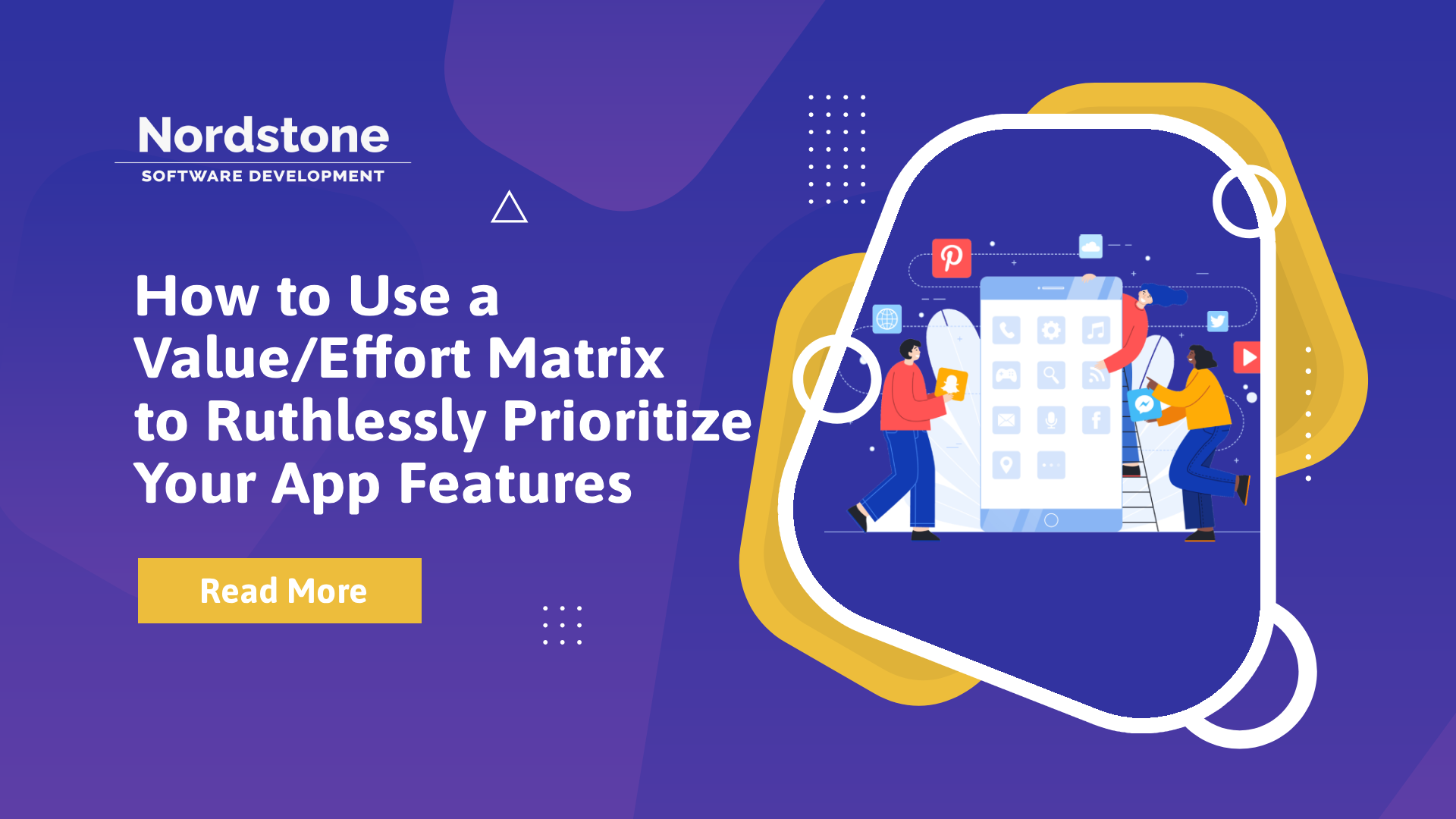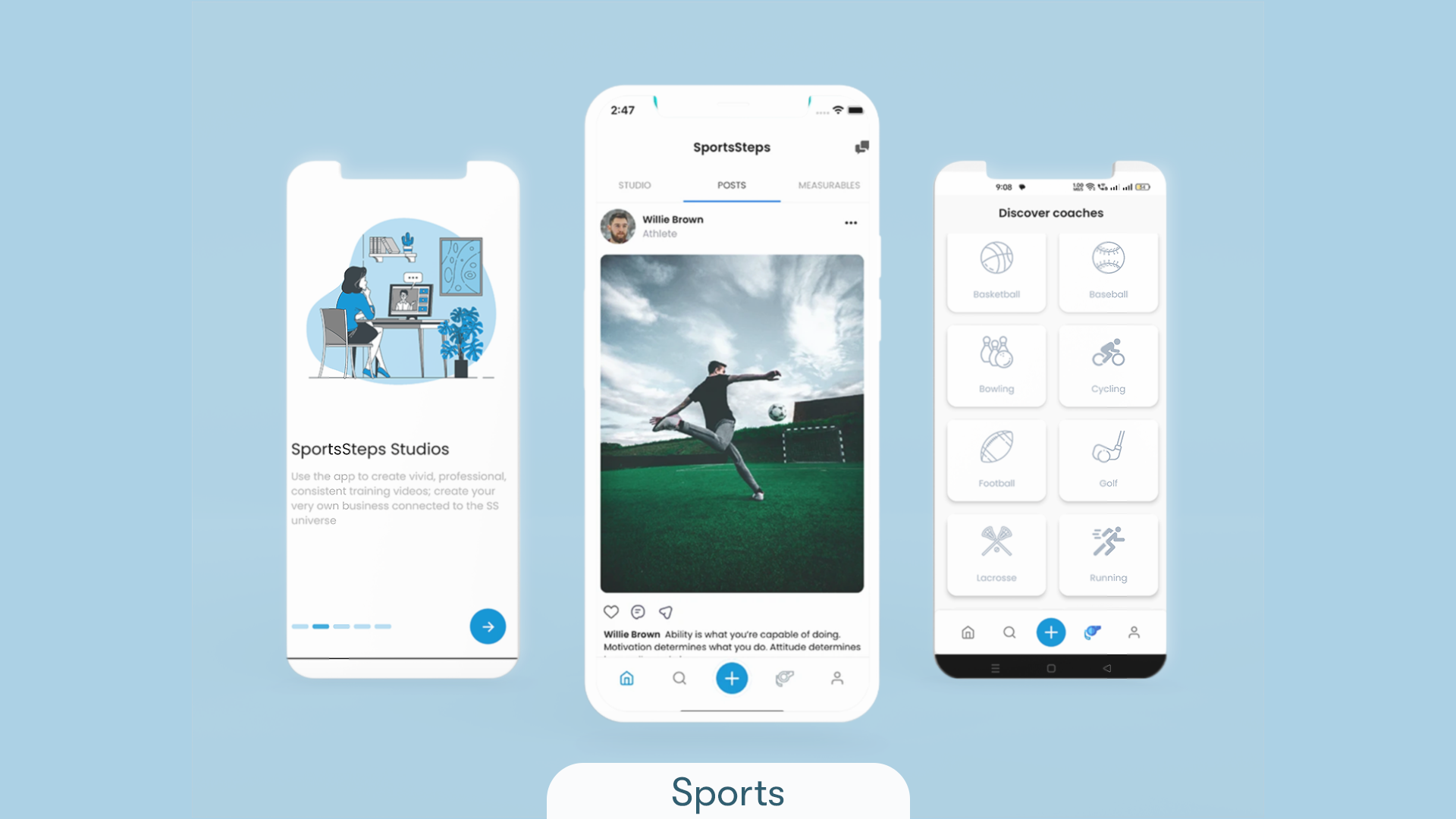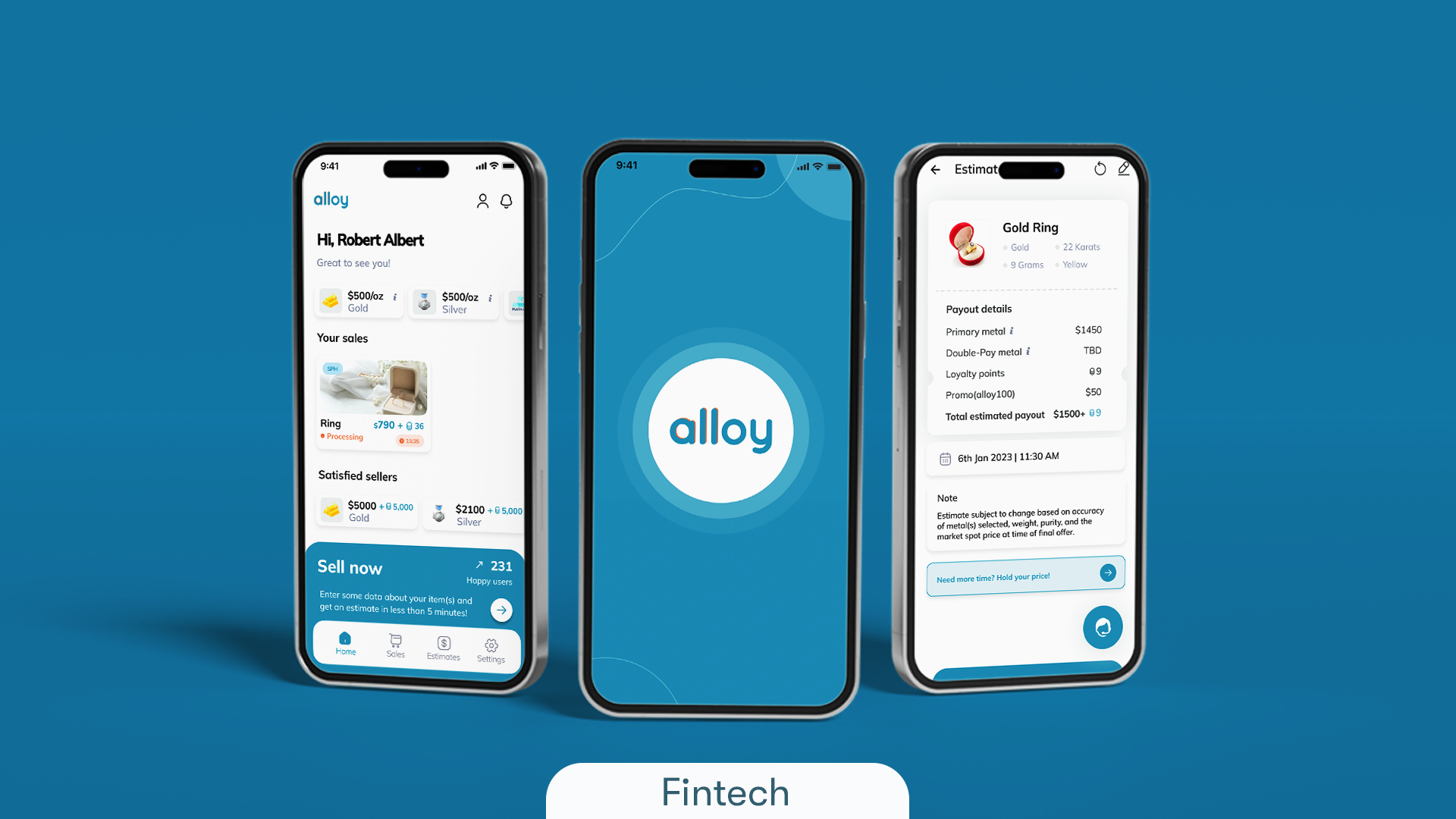August 18th, 2025 at 05:21 am
As a founder or product manager, your greatest asset is your vision. Your greatest challenge? A never-ending list of feature ideas, bug fixes, and user requests, all competing for a finite amount of time, money, and development resources. How do you decide what to build next?
While gut feeling has its place, a more structured approach can bring incredible clarity to your product roadmap planning. There are many complex feature prioritisation framework options out there, from the Kano model to the MoSCoW method. But one of the simplest and most effective tools you can use is the Value/Effort Matrix.
This guide will walk you through how to use this powerful 2×2 grid to move beyond your to-do list and start making strategic, data-informed decisions.
What is a Value/Effort Matrix?
A Value/Effort Matrix is a simple grid used to visually categorize features based on two critical dimensions:
- Value: How much benefit will this feature deliver to the user and the business?
- Effort: How much work, time, and resources will it take to build and launch this feature?
By plotting each feature on this grid, you can instantly see which ideas are low-hanging fruit, which are major strategic projects, and which are time-wasting money pits. It forces a conversation that moves beyond “what could we build?” to “what should we build right now?”
Step 1: Defining “Value”
This is the most important step. “Value” is not a single, objective number; it’s a composite score that your team must define for your specific project. Before you can score anything, you must agree on what value means to you.
Consider these components when defining your value score:
- User Value: Does this feature solve a critical pain point for our users? Will it increase engagement, satisfaction, or retention?
- Business Value: Will this feature directly increase revenue? Does it create a new upsell opportunity? Does it reduce operational costs?
- Strategic Value: Does this align with our company’s long-term vision? Does it give us a competitive advantage or help us enter a new market?
- Adoption Value: Will this feature help us acquire new users?
How to score it: Get your key stakeholders (product, marketing, sales) in a room. For each feature, assign a value score on a simple relative scale. You can use numbers (1-10), but T-shirt sizes (XS, S, M, L, XL) often work better as they prevent people from getting bogged down in minor numerical differences.
Step 2: Estimating “Effort”
“Effort” represents the total cost to get a feature from idea to launch. This estimation should be led by your engineering and design teams, as they are closest to the work.
Effort is more than just coding time. It includes:
- Design Complexity: Does this require extensive UI/UX wireframing and prototyping?
- Development Time: How many developer-hours or “sprints” will this take?
- Technical Risk & Dependencies: Are there major technical unknowns? Does it rely on a new third-party API or require a complex database migration?
- Testing & QA: How much time will be needed to ensure the feature is bug-free and works as expected?
How to score it: Again, use a relative scale. The development team can use Story Points (from Agile methodology) or stick to the same T-shirt sizing model (XS, S, M, L, XL). The key is consistency. An “L” effort feature should be significantly more work than an “S” effort feature.
Plotting Your Features (The 4 Quadrants)
Once you have a Value score and an Effort score for each feature, you can plot them on the matrix. Your features will fall into one of four distinct quadrants, each with a clear call to action.
Quadrant 1: High Value, Low Effort (Quick Wins)
These are your golden opportunities. They are the low-hanging fruit that provides maximum benefit for minimal investment.
- Action: DO IT NOW. These features should be at the top of your priority list. They build momentum, deliver immediate value to users, and provide quick wins for the team.
Quadrant 2: High Value, High Effort (Major Projects)
These are your big, strategic bets. They have the potential to be game-changers for your business but are expensive and time-consuming.
- Action: PLAN CAREFULLY. These features require a detailed project plan and should be broken down into smaller, manageable phases. They are the cornerstones of your quarterly or annual roadmap.
Quadrant 3: Low Value, Low Effort (Fill-ins)
These are minor tweaks, small improvements, or nice-to-have features that don’t significantly move the needle.
- Action: DO IF YOU HAVE TIME. These tasks are great for filling small gaps in a development sprint or when you have spare capacity. They should never be prioritized over Quick Wins or Major Projects.
Quadrant 4: Low Value, High Effort (Money Pits)
These are the thankless tasks and “pet features” that drain resources for little to no return.
- Action: AVOID. The matrix makes these ideas easy to identify and discard, saving you from wasting valuable time and money.
Making Tough Decisions
The true power of the value effort matrix is not the finished chart itself, but the conversation it facilitates. It’s a tool for alignment, not a rigid formula.
When a stakeholder insists their feature is a top priority, the matrix forces a constructive discussion: “Okay, you believe this is High Value. Let’s walk through the scoring. Can you explain why it’s more valuable than this other feature? The engineering team has estimated it as High Effort. Is the value high enough to justify that cost right now?”
This process transforms subjective opinions into a collaborative, evidence-based decision, creating a shared understanding and buy-in across the entire team.
FAQs
Q: How often should we use the Value/Effort Matrix?
A: You should conduct this exercise at the beginning of a new project and before each major planning cycle (e.g., quarterly planning). It should be treated as a living document that you revisit and update as you learn more about your users and the market.
Q: Who should be involved in this process?
A: A cross-functional team is essential. This includes the product manager (who typically facilitates), lead developers, lead designers, and key business stakeholders from marketing, sales, or operations. This ensures that both the “Value” and “Effort” sides are well-represented.
Q: Is this better than the MoSCoW method?
A: It serves a different purpose. MoSCoW (Must-have, Should-have, Could-have, Won’t-have) is excellent for defining the non-negotiable scope of a specific release, like an MVP. The Value/Effort Matrix is better for prioritizing a long, ongoing backlog of features and planning a longer-term roadmap. They can be used together effectively.
Ready to bring this level of clarity and strategic focus to your product roadmap? Contact us today to learn how we can help you facilitate a feature prioritization workshop.












